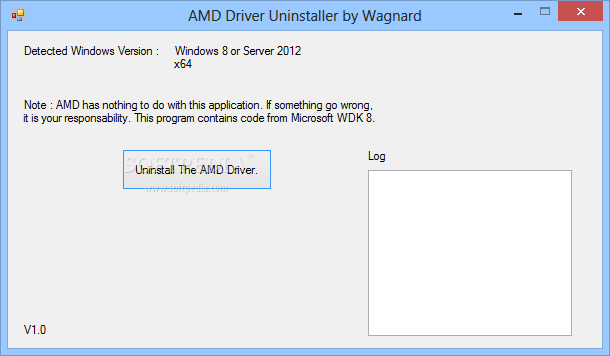

The thing with overheating is that the symptoms aren’t clear to spot. Even good systems can eventually start heating up due to clogged fans and blocked vents. Overheating is a major problem with gaming laptops, which often come with poor thermals and ineffective cooling.



Just restore the settings to default, and your GPU will work normally again. A GPU can be overclocked from the BIOS, a third-party utility, or AMD’s own driver settings. Now depending on how you achieved the overclocking, the process to reverse it is going to differ. But if you have, it might be a good idea to disable it. Of course, this isn’t something that comes enabled by default, so you can skip this one if you haven’t overclocked your system. But in absence of proper cooling, it can lead to critical failures as well. Overclocking your processor – or your GPU – can boost performance beyond the stated limits. Some motherboards have a 4G decoding feature, which gives the GPU access to more memory. OS: Microsoft Windows 10 Professional (圆4) Build 19045.Before you go installing a new BIOS version though, boot into the BIOS and take a look at its settings. Network: RealTek Semiconductor RTL8125 Gaming 2.5GbE Family Ethernet Controller Sound: AMD Family 17h/19h - HD Audio Controller Sound: ATI/AMD Navi2x - High Definition Audio Controller It should tell you exactly what you have in your system. Run it, go to Save Report and Save the Summary for Clipboard. And download HWINFO (the Portable version might be best for you at this point).


 0 kommentar(er)
0 kommentar(er)
